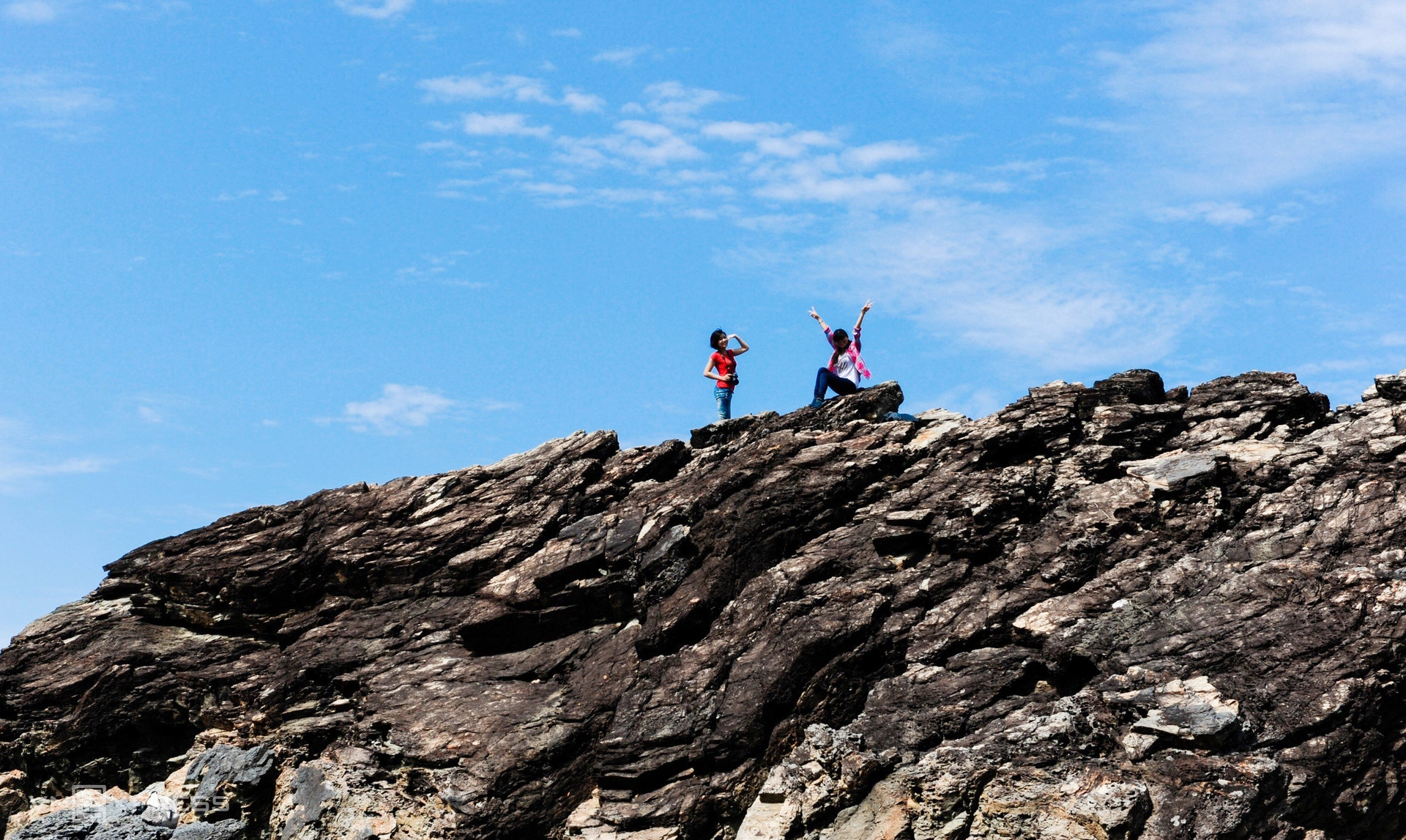Ban Than Rock Rapids is located in the northeast of Tam Hai island commune, Nui Thanh district in the form of a tabletop, prominent are black cliffs like coal, the remaining relics of the ancient sea shelf.
The rapids are 2 km long, 40 m high, winding around the mountain along the coast, the water is clear. This destination is still pristine and free to visit. In 2020, Tam Hai island commune was broadcast by the TV channel National Geographic, USA, named among the 5 most beautiful beaches in the south of Vietnam.

Scientists assessed that the rocks in Ban Than are as black as the rocks on Ly Son Island, Quang Ngai, but not volcanic rocks but original rocks more than 400 million years old, pushed up from the sea surface through geological tectonic waves. This place possesses a diverse and unique geological system, typical of the evolution of the Earth's crust, related to the formation and separation of the South China Sea. The stones are stacked in many postures including standing, tilting or breaking, creating many unique shapes. After the Lunar New Year to the 3rd lunar month, moss appears, clinging to the green on the rocks.




The Ban Than area has more than 90 hectares of coral reefs with about 100 species and 168 species of fish such as snapper, grouper along with lobsters, seaweed and many species of snails. On low tide days, the people of Tam Hai island commune bring tools to the stone beach to harvest seaweed.
Thuan An village is peaceful with coconut groves, fine sandy beaches, and gentle water waves located next to Ban Than rock rapids.
Currently, tourism in Tam Hai island commune develops small, spontaneously, without a promotion and planning activity. The district government has a policy of investing 20 billion VND to build 2 ferries with a load of 30 tons to meet the transportation of people and vehicles and expand the route leading to Ban Than - Hon Mang - Hon Dua.




400 m southeast of Ban Than is Hon Mang island with an area of 2 hectares and Hon Dua island with an area of 11 hectares. These two islands are named after the typical trees that grow on the island, such as pineapple, thorns and grass. There are no people living on the island.

Hon Dua Island is about 700 m southeast of Ban Than. On the island, there is a long fine golden sand beach suitable for canoes and boats to dock and organize recreational and swimming activities.
According to VnE
